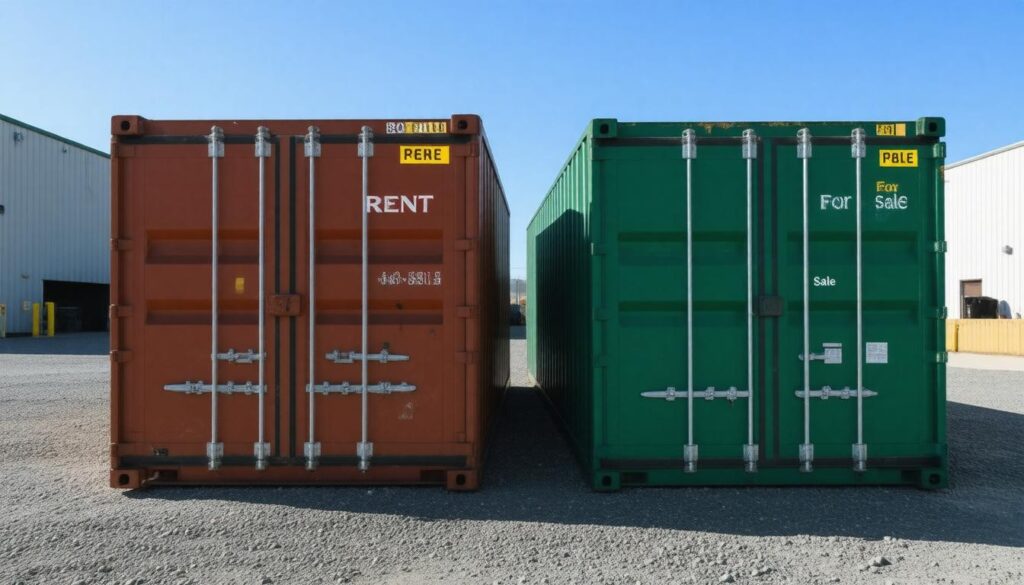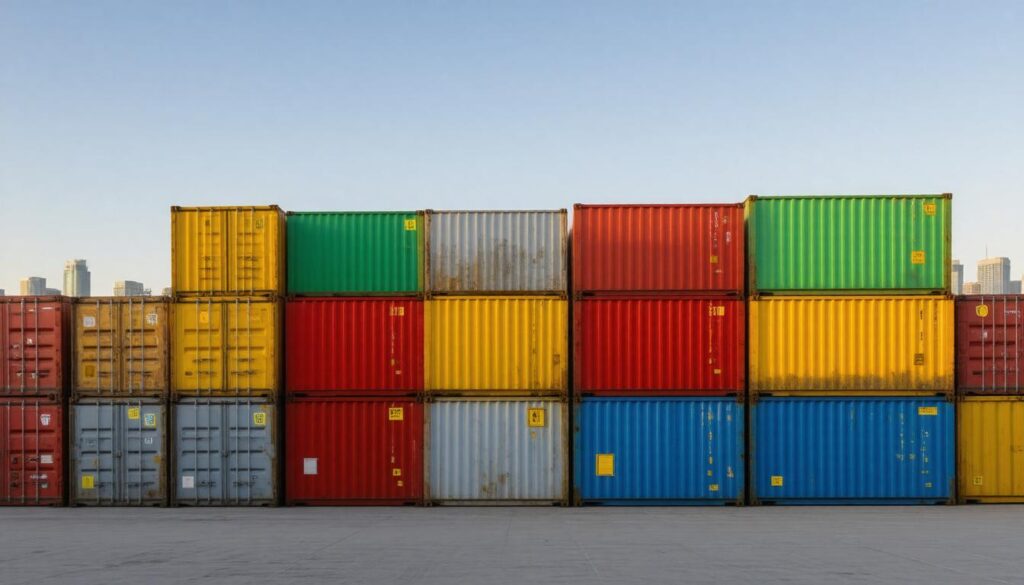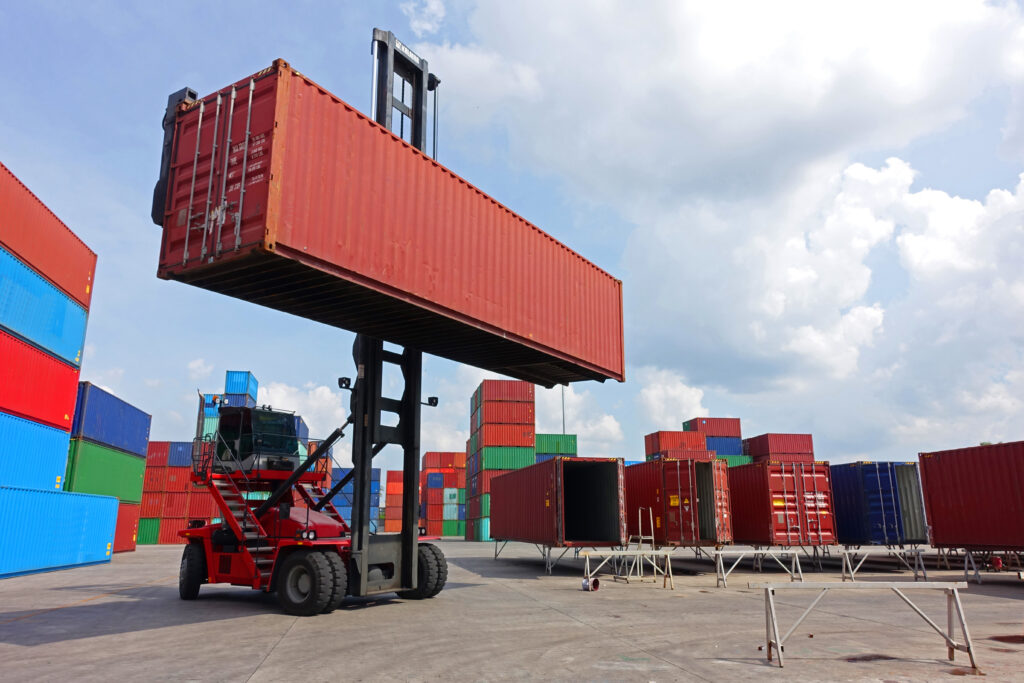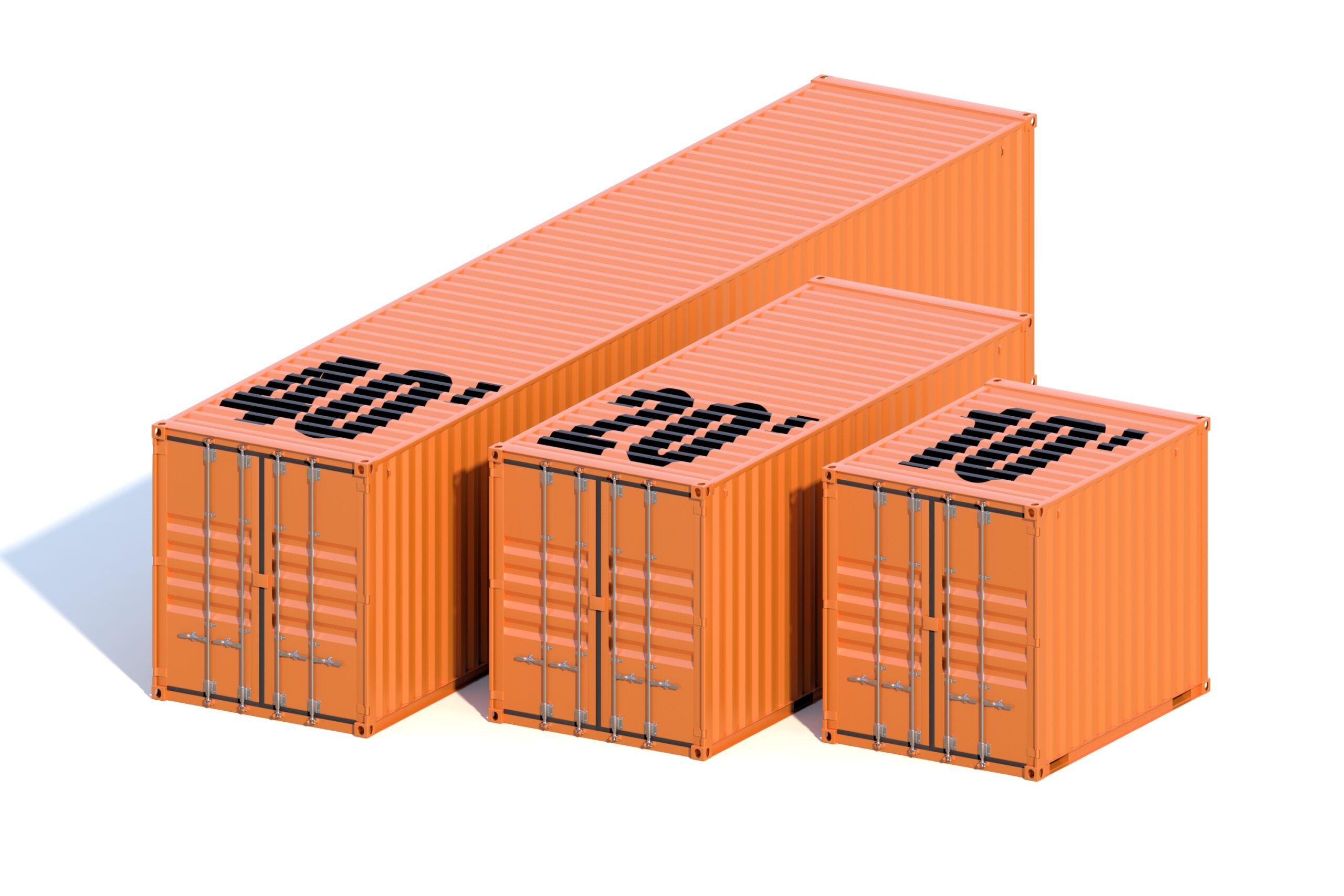When thinking about storage solutions, it’s easy to feel overwhelmed by choices. You might be moving to a new home, reorganizing your workspace, or just trying to make sense of the clutter in your garage. What if I told you there’s a straightforward way to handle all of this without the hassle? Portable storage containers could be your secret weapon! These handy units not only come in various sizes but also offer flexible options that cater to different needs—whether you’re stashing away seasonal items or need a temporary office space on a construction site. Let’s dive into what makes portable storage containers such a great solution for your storage challenges and how they can fit seamlessly into your plans.
Portable storage containers are versatile, weather-resistant units that provide a flexible option for storing goods on-site or during relocation. They can be rented for short-term or long-term use and are perfect for residential moving, construction sites, or as extra storage space for businesses.

Types of Portable Storage Containers
The most common types of portable storage containers include a range of options tailored to different preferences and requirements. One of the most prevalent choices is Standard Storage Containers. Typically fabricated from sturdy steel, these containers boast sizes ranging from 10 to 40 feet. Their robust design makes them waterproof and lockable, providing a secure solution for general storage. Imagine needing additional space for your sporting equipment or seasonal decorations; these containers serve as a perfect stopgap for extra clutter that often weighs on both our physical and mental space.
Yet, if you have delicate items or collectibles that require more protection than the usual container can provide, Climate-Controlled Containers might be exactly what you need.
These units are engineered with care to maintain a stable internal temperature, making them ideal for sensitive items like electronics, fine art, or pharmaceuticals that could be damaged by extreme heat or humidity. For instance, if you’re looking to store a prized painting or valuable electronics during a move or renovation, climate-controlled containers ensure they aren’t subjected to harsh environmental conditions that could impact their integrity.
Following the need for climate control, businesses often face unique challenges that can be aptly addressed with Mobile Office Containers.
These containers cater specifically to businesses seeking temporary office space solutions. With features such as electrical outlets, windows, and HVAC systems already integrated into their design, mobile office containers transform a simple shipping unit into an efficient workspace in no time. They can be used on construction sites where temporary offices are needed or even at public events where administrative functions are required. Envision having a fully functional office available at your disposal while you meet deadlines away from your primary office—it’s convenient and effective!
As we transition into discussing pricing options and further exploring the benefits these containers bring, it’s important to recognize how your choice aligns with your specific needs.
Advantages of Portable Storage
One significant benefit that many users appreciate is cost-effectiveness. When you move or require temporary storage, the costs can add up quickly. Instead of paying for a traditional storage unit’s monthly fees, which can be surprisingly high depending on location, portable storage containers offer competitive rental prices. They allow you to avoid moving your items in and out repeatedly, saving time and gas money. This way, you can focus your budget on other important tasks related to your move or renovation.
Another notable advantage is their durability. Portable storage containers are designed to withstand various weather conditions, protecting your belongings from rain, snow, and extreme temperatures. Constructed from heavy-duty materials, these containers often have rust-resistant coatings that help them last longer than conventional storage options. This durability ensures the safety of your items and makes them a wise investment in the long run.
A good quality portable storage container can be a game-changer when it comes to preserving the integrity of your valuable possessions during transitional periods.
Accessibility
Accessibility is another key factor to consider when evaluating the advantages of portable storage containers. With traditional storage units, you often face limited hours and may find yourself scrounging through piles of boxes just to locate a specific item. In contrast, with portable containers delivered right to your home or job site, you can access your belongings whenever you need them without restrictions. This easy access streamlines work processes during renovations or moves as there’s no waiting for facility hours.
Additionally, many companies provide customization options to tailor your storage needs more closely. Clients often appreciate choices like climate control features for sensitive items or varying sizes based on their requirements. Customers can select from different configurations, optimizing space and staying organized during their projects.
The benefits highlighted here lay the groundwork for understanding how sizes and prices may also influence your choice in storage solutions as you prepare for your next project.
Comparing Sizes and Prices
When exploring portable storage containers, the three most common options are 10 feet, 20 feet, and 40 feet. Each size caters to different needs, so it’s essential to select one that fits both your space and budget. Typically, a 10-foot container costs around $100 per month, while larger containers like the 40-foot can reach up to $250 monthly.
Moving further, let’s take a closer look at how these costs stack up against each other. While renting a smaller size may save you money initially, it might not accommodate all your belongings if you’re undertaking a significant move or renovation. In such cases, opting for a slightly larger container could be more economical in the long run, as it prevents overstuffing and possible damage to your items.
Price Comparison
| Container Size | Rental Cost Per Month | Purchase Cost |
|---|---|---|
| 10 feet | $100 | $2,000 |
| 20 feet | $175 | $3,500 |
| 40 feet | $250 | $5,500 |
Each of these sizes serves unique purposes. A 10-foot container is ideal for storing seasonal items or smaller furniture, making it an excellent choice for tight spaces. Meanwhile, the 20-foot container offers that perfect middle ground for small renovations or moving apartments. Lastly, if you’re looking to store large quantities of equipment or furniture during a significant project, then the spacious 40-foot container would be well worth the investment.
Grasping these dimensions and pricing structures not only empowers your choices but also emphasizes the versatility of portable storage in addressing various logistical challenges effectively. Next, we’ll explore how to select a container tailored to meet specific needs.
Choosing the Right Container for Your Needs
Selecting the perfect portable storage container requires thoughtful consideration of various factors. Start by assessing what you intend to store. If you have weather-sensitive items like wooden furniture or electronics, it is wise to choose a climate-controlled unit. These units maintain consistent temperatures and humidity levels that prevent warping, cracking, or other damage caused by environmental extremes. Conversely, if you’re storing basic household goods such as seasonal clothing or kitchenware, a standard storage container will likely suffice.
As you consider these elements, it’s equally vital to evaluate how much space you’ll actually require.
Assessing Volume
To understand your volume needs accurately, I recommend using a volume calculator or reaching out to your storage provider for guidance. Why? Both overestimating and underestimating can lead to unnecessary costs or inadequate space. Overestimating could lead to higher rental fees for larger containers than needed, while underestimating might leave you scrambling for additional space mid-move.
Create an inventory list of all items you plan to store. Group similar items together and visualize their arrangement within the container. This not only helps in understanding the volume required but also provides insight into how you might want to organize them. For example, place heavier items on the bottom and lighter items on top; ensuring this organization prevents damage during transport and retrieval.
Another crucial aspect to consider is the duration for which you’ll be storing your belongings.
The length of time you’ll need the container influences not just choice but also budgeting considerations. If you’re looking at short-term storage—perhaps during a quick move—then a standard container may do. However, for long-term storage needs, investing in a more robust solution with protective features makes sense—even if it means an initial up-front cost.
Furthermore, think about accessibility. Consider how often you’ll need access to your stored items. Frequent access may warrant containers designed for easier opening and closing without fuss.
Every detail counts when choosing the right portable storage container for your needs. By carefully evaluating what you’re storing, how much space you need, how long you’ll store it, and how easily you need access, you pave the way for a smooth storage experience.
This careful consideration lays the groundwork for diving into financing options and ownership decisions that will further influence your storage journey.
Renting vs. Purchasing Options

When it comes to choosing whether to rent or buy a portable storage container, the decision greatly depends on your specific needs and timeframe. Renting a container is often ideal for those with short-term requirements, such as during a move or home renovation.
Consider this: for around $175 per month, you can secure a 20-foot container. What’s even better is the flexibility—you can return the container once you’re done using it, allowing you to avoid long-term commitments. This means if your project takes longer than expected or if your plans change, you’re not stuck with an unused container sitting in your driveway.
Renting provides convenience and adaptability, especially for temporary projects.
On the flip side, purchasing a storage container is more appropriate for those with ongoing storage requirements and who desire long-term solutions. A brand new 20-foot container typically costs around $3,500. While that higher initial investment might feel daunting, owning a container eliminates ongoing rental fees and gives you complete control over its use. Think of it as investing in a personal asset; once purchased, the container becomes part of your property that you can access whenever needed.
It’s essential to weigh these options against your current circumstances. If you’re planning multiple moves or expect fluctuating storage needs, renting may save you money in the short run. However, if you foresee needing regular access to additional space without facing the hassle of rental agreements each time, purchasing might be the smarter choice in the long term.
Understanding how your unique situation aligns with either renting or purchasing will help ensure that you make the most informed decision regarding your storage needs. As we explore further, you’ll discover ways to maximize the efficiency of loading and unloading your chosen storage solution.
Tips for Efficient Loading and Unloading

Proper loading and unloading can save both time and space, transforming a potentially chaotic experience into a smooth operation. One of the first steps in this process is to plan ahead. I recommend sketching a layout plan for your portable storage container that considers the size, weight, and fragility of your items.
Think about how you would efficiently stack your belongings if you were packing a puzzle. Place heavier items like furniture and appliances at the bottom and toward the back of the container to create a sturdy base. This setup not only makes unloading easier but also prevents lighter items from being crushed during transport.
Once you’ve mapped out your plan, it’s time to consider packing materials as you load. Utilizing padding materials such as moving blankets or bubble wrap will be crucial in protecting delicate items like glassware or electronic devices. As someone who’s moved multiple times, I’ve seen firsthand how much difference proper cushioning can make; it can mean the difference between arriving at your new destination with unscathed treasures or a box full of shattered dreams. Always take the extra time to wrap these sensitive objects securely before placing them inside the container.
Furthermore, another useful tip is to leave yourself a pathway within the storage container as you load it up. This may sound simple, but having a small walkway allows for easy access to items without needing to completely unload everything stacked behind them. It might also help if you’re juggling multiple trips back to retrieve those last-minute essentials that often get overlooked until you’re just about to leave. This little consideration can save you both time and headaches when it comes time to unload.
Finally, remember that organization is key. Once you’ve unloaded your items at your new location, maintaining an order similar to how you loaded them can facilitate unpacking and settling in with ease.
By strategizing your loading and unloading process, you’ll not only make your move more efficient but also ensure the safety of your belongings throughout the journey.



